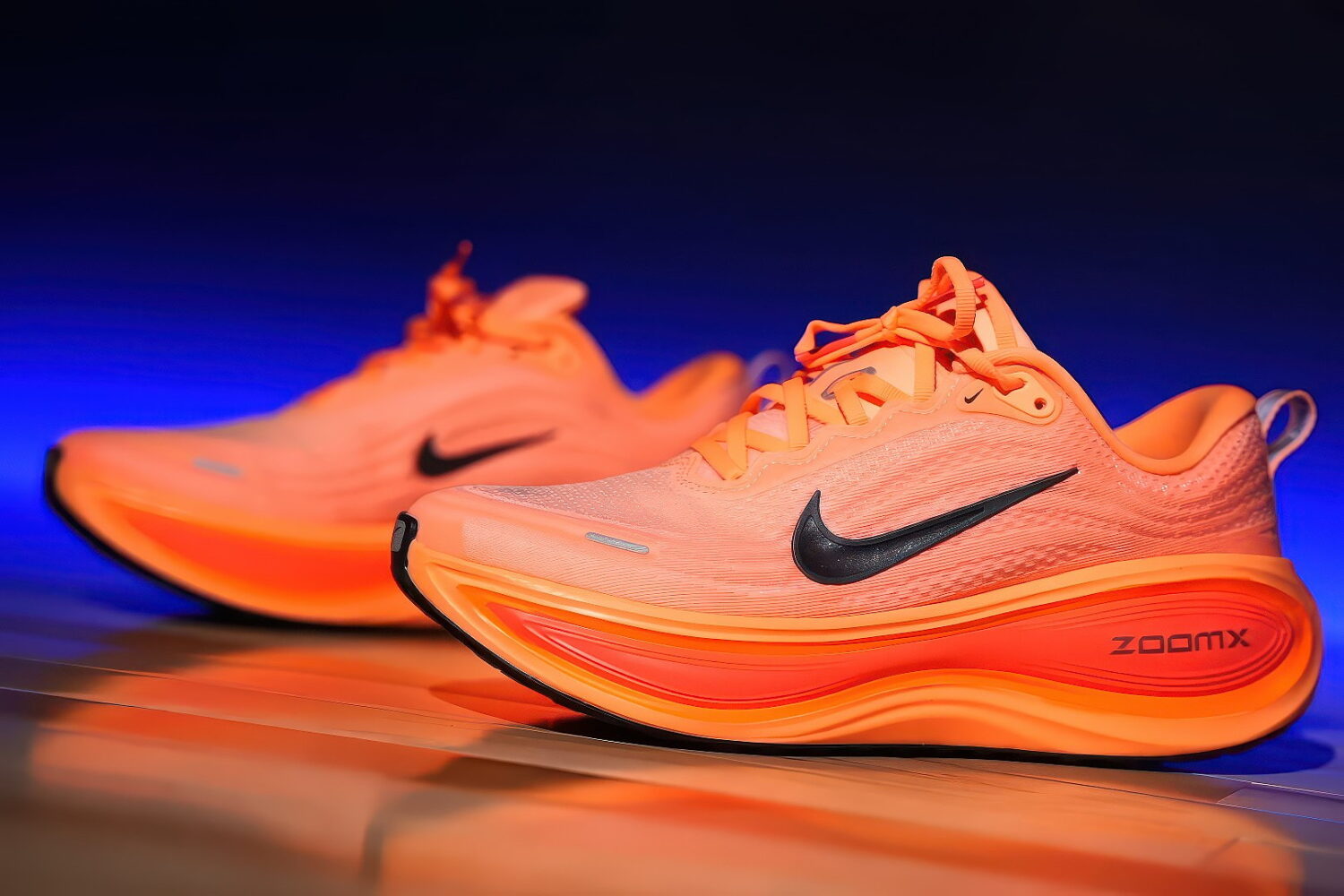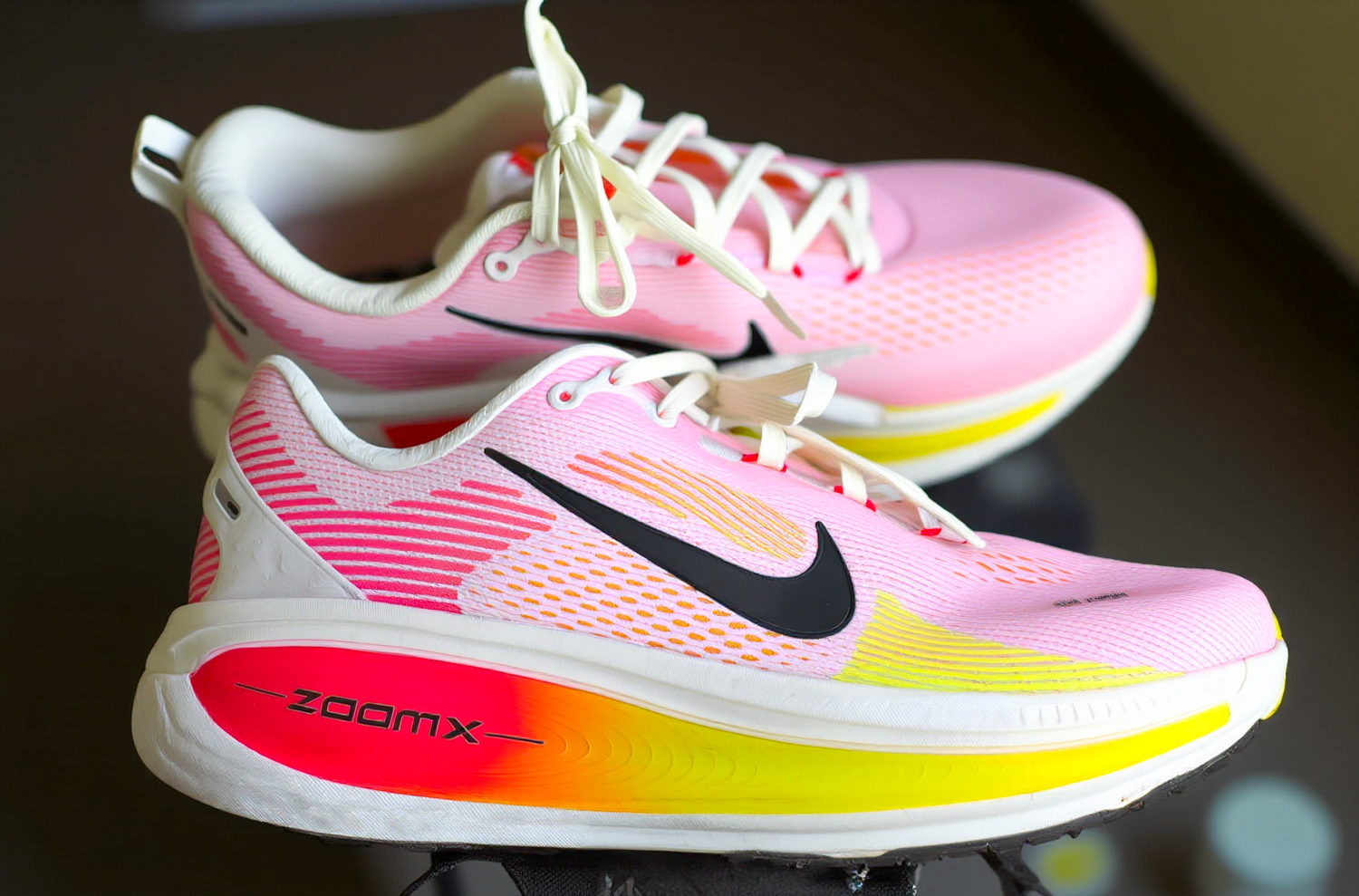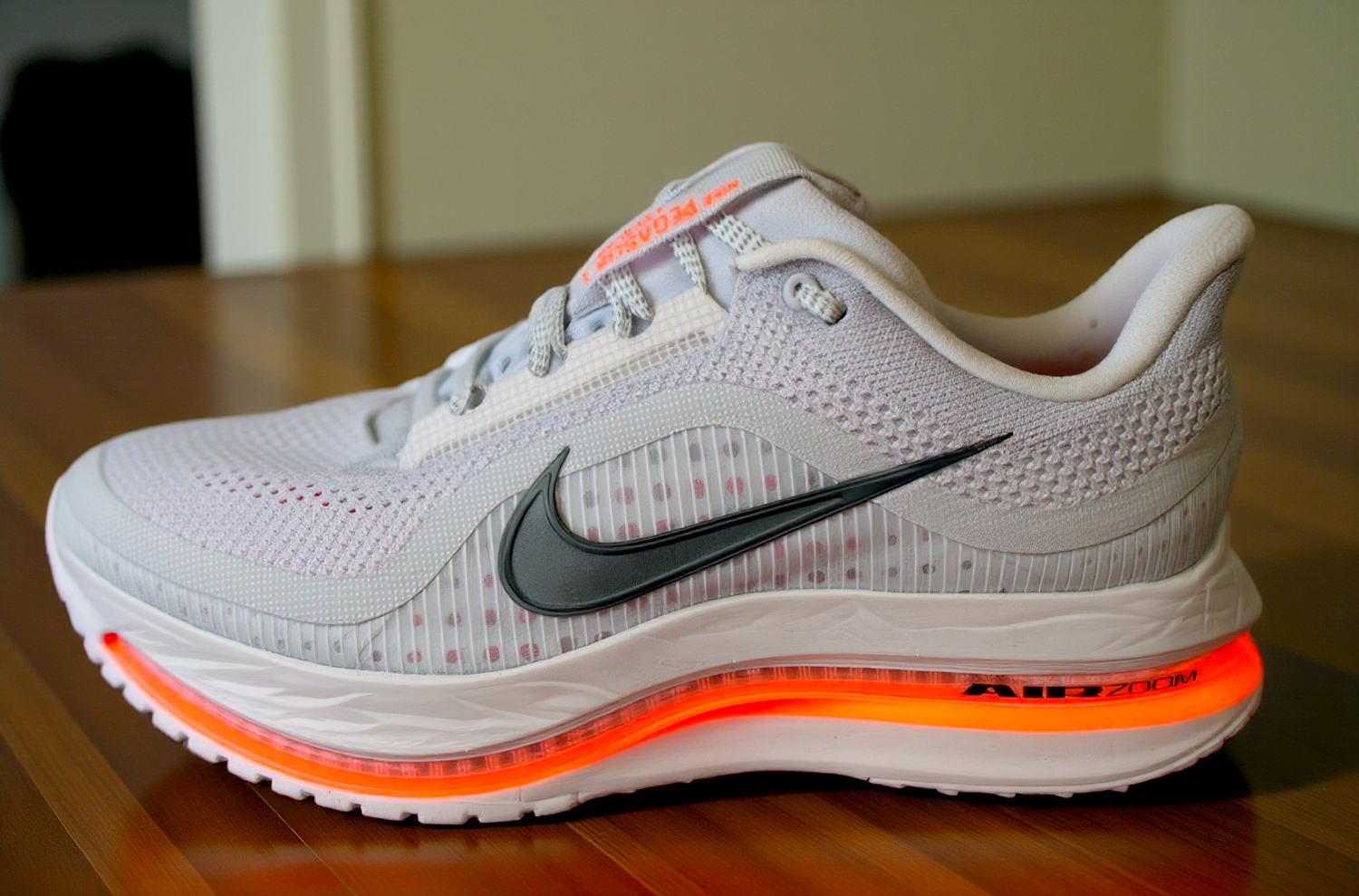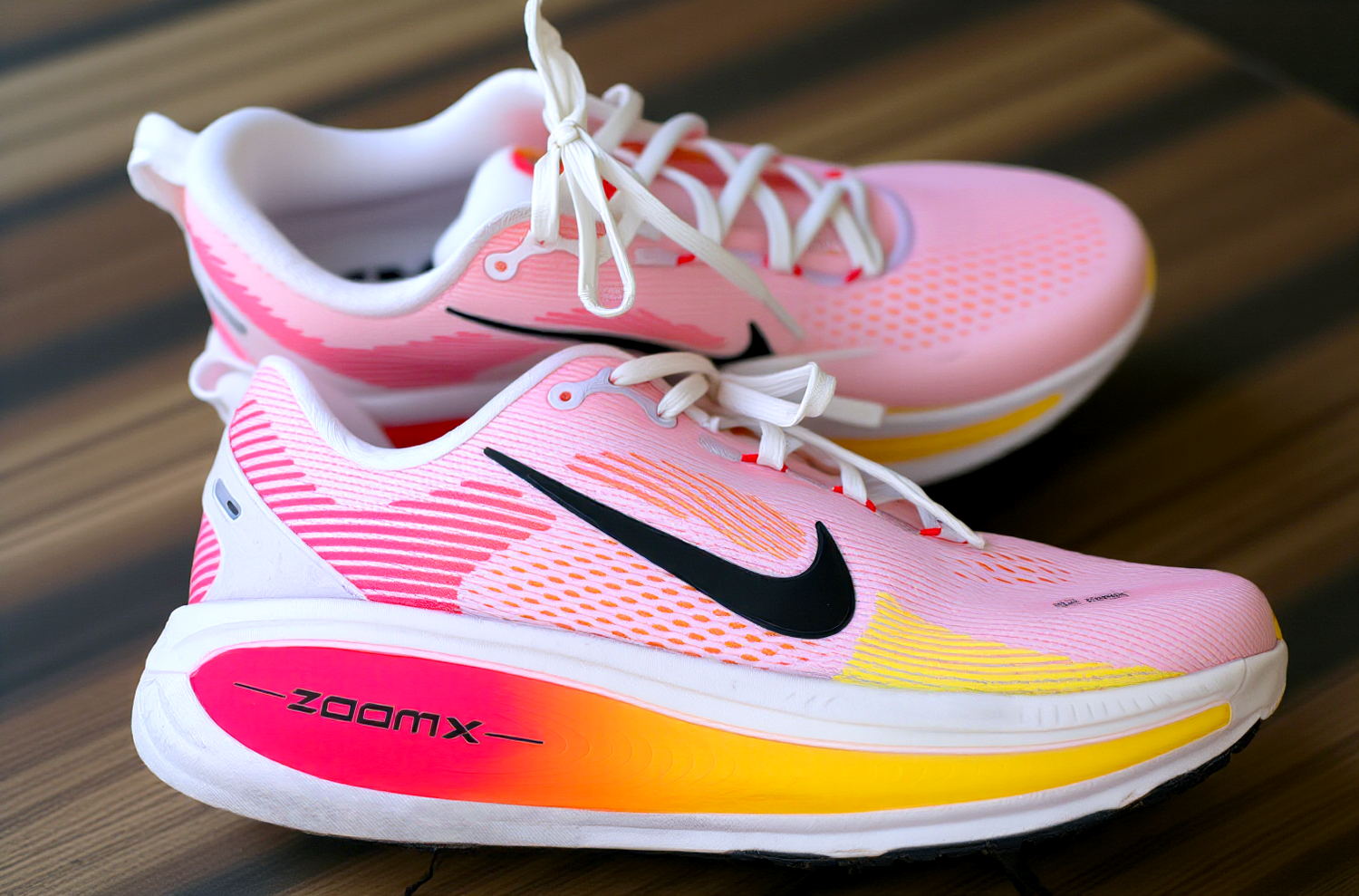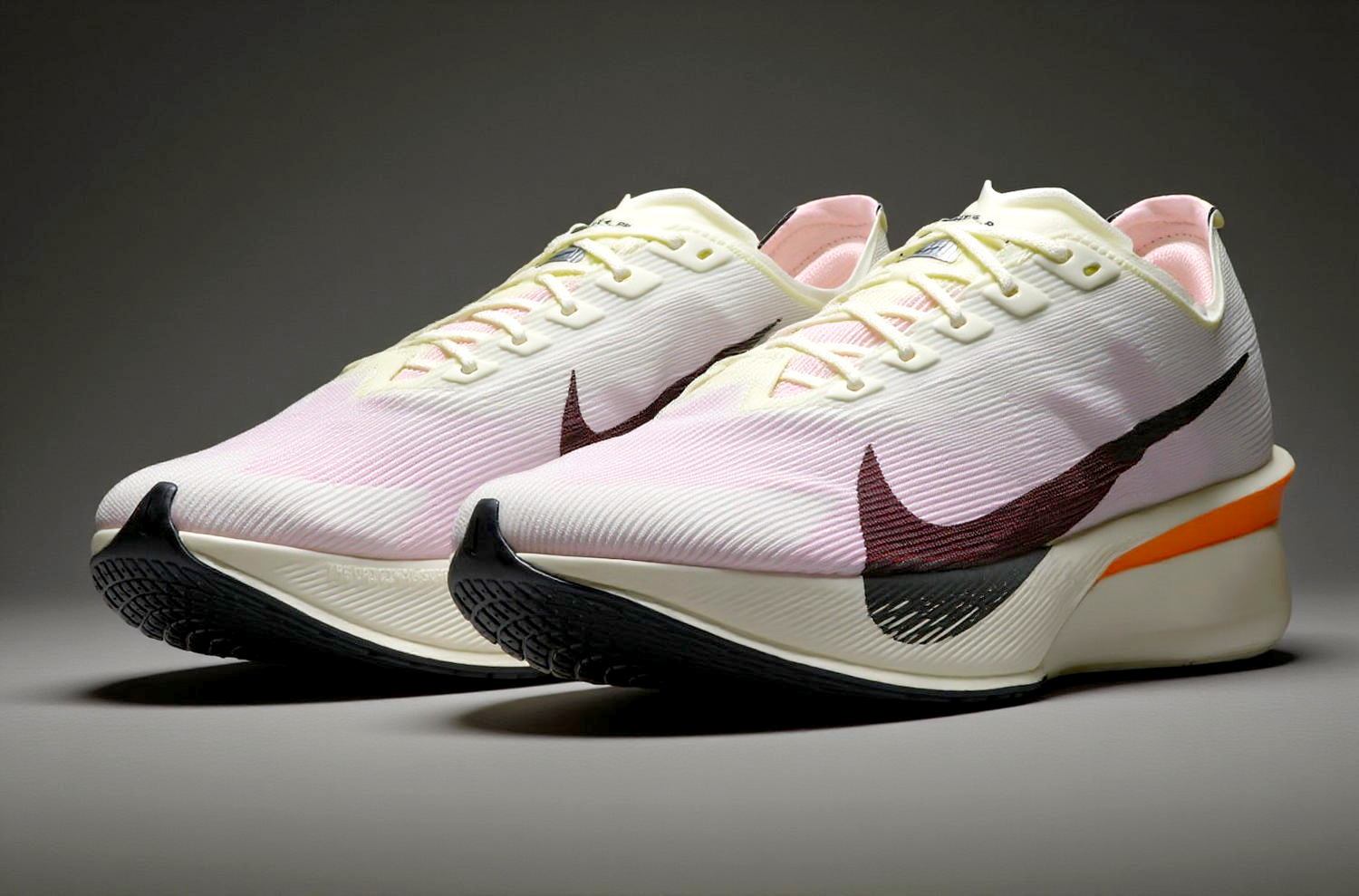Nike’s Fall from Grace: Can the Swoosh Reclaim Its Throne in the Sportswear Empire?
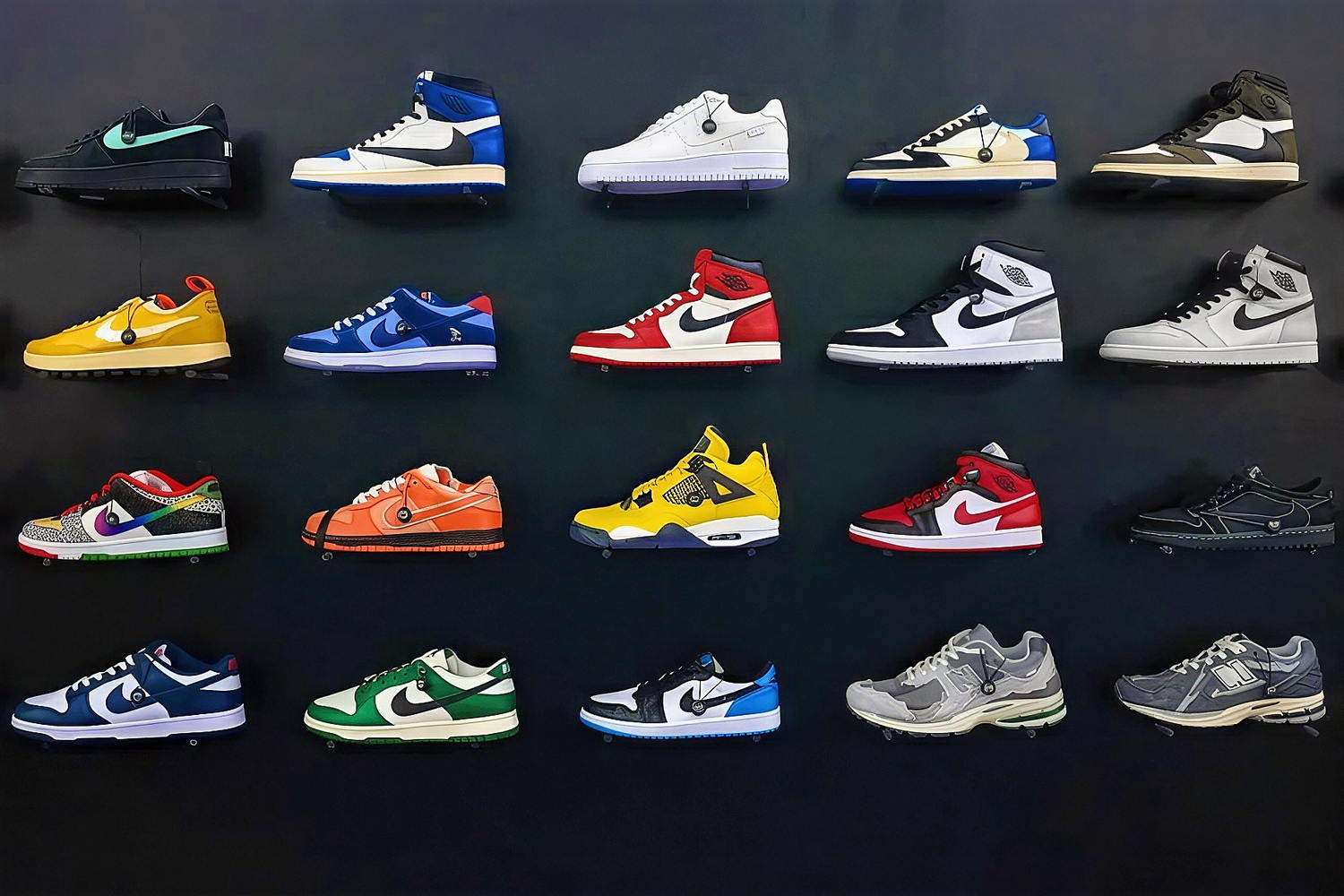
Nike, once the undisputed king of sportswear, is facing a turbulent chapter. The brand that turned a waffle iron into a billion-dollar empire is now grappling with shrinking market share, a plummeting stock price, and a growing disconnect from younger consumers. From its revolutionary beginnings to its current struggles, this article dives deep into Nike’s rise, its recent stumbles, and the fierce competition reshaping the athletic footwear landscape. Can the swoosh sprint back to the top, or has it lost its stride for good? Let’s lace up and explore.
🏃♂️ The Rise of an Icon: How Nike Conquered the Sportswear World
Nike’s journey from a small importer to a global titan is a masterclass in ambition and innovation. Founded in 1964 as Blue Ribbon Sports by Phil Knight and Bill Bowerman, the company started with a simple goal: bring high-quality Japanese running shoes to American athletes. But Knight, a runner, and Bowerman, a visionary coach, had loftier dreams. By 1971, they rebranded as Nike—after the Greek goddess of victory—and introduced the now-iconic swoosh logo, a symbol of speed and dynamism designed for a mere $35.
🔥 Bowerman’s Waffle Sole: A Game-Changing Innovation
The turning point came with Bowerman’s creativity. Inspired by his wife’s waffle iron, he crafted a lightweight, grippy sole that redefined running shoes. This breakthrough birthed the Nike Cortez in 1972, a sleek, durable shoe that runners and casual wearers couldn’t resist. It wasn’t just footwear—it was a statement. The Cortez laid the groundwork for Nike’s reputation as an innovator, blending performance with style.
🏀 Air Jordan and “Just Do It”: Cultural Milestones
Nike didn’t stop at running. In 1984, a young Michael Jordan partnered with the brand, launching the Air Jordan line. This wasn’t just a sneaker—it was a cultural phenomenon that fused basketball with streetwear, generating billions and cementing Nike’s cool factor. Four years later, the “Just Do It” campaign debuted, a bold, motivational slogan that transcended advertising to become a global mantra. By the 1990s, Nike was a juggernaut, riding a wave of ingenuity and marketing brilliance to a valuation of $37.4 billion by 2020.
📉 The Swoosh Stumbles: Nike’s Recent Decline
Fast forward to 2024, and Nike’s dominance is faltering. Once commanding a 17.1% global market share in 2022, it slipped to 16.4% within two years. Its stock value has cratered nearly 30% in just 12 months, a stark contrast to its glory days. The brand that once defined innovation now struggles to keep pace with a rapidly shifting market. What went wrong?
📊 Market Share Erosion: Numbers Tell the Story
| Year | Nike Global Market Share | Stock Performance (Annual Change) |
|---|---|---|
| 2022 | 17.1% | Stable |
| 2024 | 16.4% | -30% |
This decline isn’t just a blip—it’s a signal. Competitors are eating into Nike’s territory, and the swoosh is losing its grip on the very audience that fueled its rise: trend-savvy, younger consumers.
🏪 Oversaturation of Classics: Dunks, Jordans, and Air Force Ones
Nike’s legendary trio—Dunks, Jordans, and Air Force Ones—once ruled sneaker culture. Today, their magic is fading:
- Nike Dunk Low: Once a collector’s dream, mass production has turned it into a high-school staple. Sales remain strong, but the exclusivity is gone.
- Air Jordan: With over $5 billion in annual revenue, retro releases flood the market. Fans love the nostalgia, but many feel the line’s overplayed.
- Air Force One: Generating $800 million yearly, this classic has lost its shine as overproduction dilutes its appeal.
Nike’s reliance on recycling past hits rather than innovating fresh designs has left sneakerheads wanting more.
🏀 Basketball’s Waning Influence
Basketball, the sport that propelled Nike to greatness, is losing its cultural pull. NBA viewership has dropped 19% year-over-year, averaging just 1.4 million viewers across major networks. Fewer eyes on the court mean less hype for the players—and their signature shoes. Nike’s heavy investment in basketball-centric lines like LeBron and Jordan feels increasingly risky as interest shifts elsewhere.
🌟 The New Contenders: Who’s Challenging Nike’s Crown?
While Nike stumbles, a pack of agile competitors is gaining ground. Brands like Hoka, OnCloud, New Balance, Puma, and even Crocs are rewriting the rules of sportswear, blending performance, style, and modern marketing to win over consumers.
👟 Hoka and OnCloud: The Performance Disruptors
- Hoka: Known for chunky, cushioned shoes, Hoka has surged in popularity among runners and casual wearers. Its bold designs stand out in a sea of sleek sneakers.
- OnCloud: With tech-driven, minimalist shoes, OnCloud appeals to athletes who crave both function and fashion. Its Swiss engineering adds a premium edge.
Together, these brands have slashed Nike and Adidas’ combined market share from 70% to 50% in recent years—a seismic shift.
🏃♀️ New Balance: From Dad Shoes to Cool Factor
New Balance has staged a remarkable turnaround. Once mocked as the “dad shoe” brand, it posted a 29% annual revenue growth from 2021 to 2023. How? By pairing performance with style and landing endorsements from stars like NBA’s Kawhi Leonard, rapper Jack Harlow, and track phenom Sidney McLaughlin. It’s a formula that’s clicking with Gen Z.
🎸 Puma and Crocs: Niche Kings
- Puma: Blending performance tech with streetwear vibes, Puma’s partnerships with Rihanna and soccer star Neymar have given it a fresh, youthful edge.
- Crocs: Yes, Crocs. With a 1.5% revenue bump last quarter, these quirky clogs have won over celebs like Justin Bieber and Post Malone, carving out an unexpected niche.
These brands thrive by aligning with rising stars and diverse audiences—areas where Nike’s aging roster struggles.
🧑🚀 Nike’s Aging Icons: A Generational Disconnect
Nike’s athlete lineup reads like a Hall of Fame roster: LeBron James, Serena Williams, Tiger Woods. These legends have delivered accolades and billions in revenue. But there’s a catch—they’re past their prime:
- LeBron James: In his late 30s, still a titan but nearing retirement.
- Serena Williams: Retired from tennis, her competitive days are behind her.
- Tiger Woods: Golf’s icon, but his peak performance is a memory.
Older fans adore these names, but Gen Z craves fresh, dynamic personalities. Nike’s failure to pivot to younger stars risks alienating the next generation of buyers.
📱 Marketing Missteps: Losing the Sneakerhead Soul
Nike’s marketing, once untouchable, is showing cracks. The brand’s caught in a tug-of-war between mass appeal and exclusivity:
- Overproduction: Flooding the market with Dunks and Air Force Ones has dulled their allure.
- Limited Releases: The sneaker app’s scarce drops—like the Devin Booker Book One (just 500 pairs at Art Basel)—frustrate fans who miss out.
🛒 Direct-to-Consumer Disconnect
Nike’s push toward online sales has backfired. Sneaker culture thrives on community—lining up at stores, swapping stories with fellow enthusiasts. By prioritizing digital channels, Nike’s losing the in-person buzz that built its legacy. It’s a stark reminder: without the community, the swoosh loses its soul.
👔 Leadership Shakeup: A New Hope?
Nike’s challenges coincide with a rocky CEO transition. John Donahue, who took the helm in 2020, brought tech savvy from eBay but struggled to master the sneaker game. Under his watch:
- Stock dropped 20%.
- Mass layoffs soured morale.
- A $2 billion cost-cutting plan raised doubts about Nike’s direction.
In October 2024, Elliot Hill stepped in. A Nike veteran, Hill’s appointment sparked a 7% stock jump. His vision? Refocus on athletes, storytelling, and a balanced marketplace. It’s a return to Nike’s roots—innovation and swagger included.
🏅 Can Nike Bounce Back? The Road Ahead
Nike’s at a crossroads. Its heritage is unmatched, but competitors are outpacing it with agility and creativity. To reclaim its throne, Nike must:
- Innovate Boldly: Move beyond retro rehashes with groundbreaking designs.
- Diversify Sports: Tap into tennis, soccer, and emerging trends to offset basketball’s decline.
- Engage Gen Z: Sign rising stars and rebuild community ties.
- Balance Exclusivity: Make coveted shoes accessible without oversaturating the market.
Recent Olympic campaigns hint at a resurgence, echoing Nike’s golden era. The brand’s done it before—turning a waffle sole into an empire. With Hill at the helm, the swoosh has a shot at redemption. It’s down, but not out.
What do you think? Can Nike sprint back to the top, or will the new guard reign supreme? The race is on.

